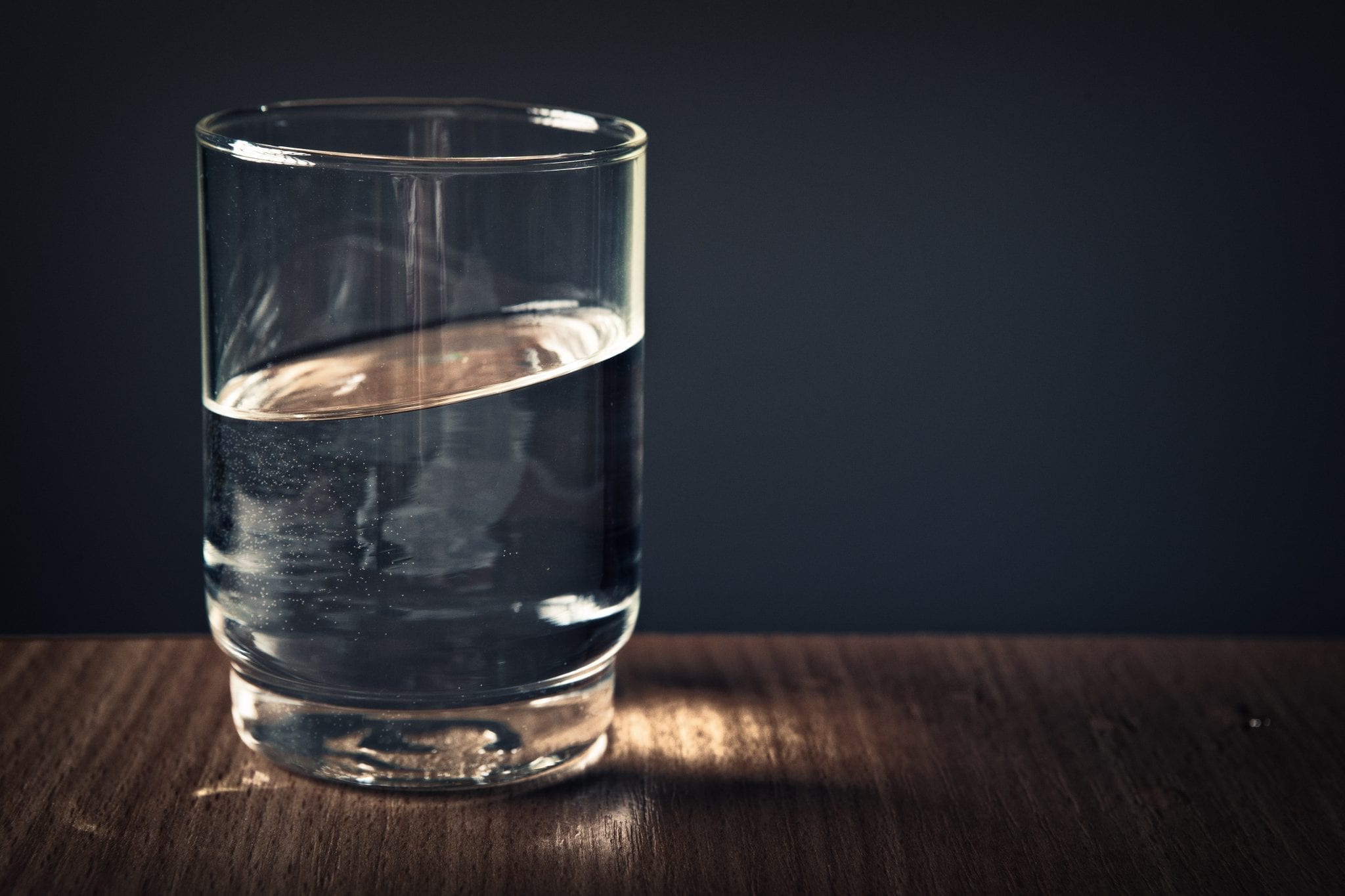An environmental advocacy group headquartered in New York estimates that one in every four American households may not have access to safe drinking water.
The Natural Resources Defense Council authored a report which investigated water quality violations across the country. From coast to coast, the NRDC found 80,000 violations, ranging from the presence of arsenic to nitrate contamination.
Extrapolating their figures and findings to the entirety of the nation, the organization figures a quarter of Americans live in areas where drinking water violations were uncovered.
Taken out of the abstract and given a number, that’s about 77 million citizens who can’t be sure what’s flowing through their pipes beside water.
Among the Council’s foremost worries is that the Trump administration may not be fully committed to keeping Americans’ water clean. Erik Olson, the Health Program Director at the NRDC, voiced his concern that budget cuts to the Environmental Protection Agency might threaten attempts to clean up the United States’ endangered wells and waterways.

“America is facing a nationwide drinking water crisis that goes well beyond lead contamination,” said Olson, who also co-authored the report. “The problem is two-fold: there’s no cop on the beat enforcing our drinking water laws, and we’re living on borrowed time with our ancient, deteriorating water infrastructure. We take it for granted that when we turn on our kitchen tap, the water will be safe and healthy, but we have a long way to go before that is reality across our country.”
The report summary, released on the NRDC website and reported on by The New York Times and other publications, implied that Trump’s commitment to preserving “crystal clear water” may run afoul of reality.
Budget cuts to the Environmental Protection Agency could strain resources which are already applied inefficiently and late. The Times gives an example of a sinkhole which opened up outside of Tampa, FL, in September, leaking contaminated water and coming close to damaging a critically important aquifer.
Despite an obvious and apparent danger, the Florida branch of the EPA took weeks to notify residents who could have been affected.
Among the most widely-publicized failures of the EPA as well as public government to provide safe drinking water to its residents is that of Flint. Inaction on the part of the Environmental Protection Agency as well as collusion between city and state officials to keep wind of an impending disaster down led the NRDC to slam the federal government for not doing enough.
Marc Edwards, a scientist at Virginia Tech interviewed by The New York Times, said he agreed with the NRDC.
“This has been tolerated so long, and it is so ingrained in the EPA culture to look the other way,” he said. “They’re going to need outside pressure to act and enforce laws.”
No matter how critical the NRDC may be of the EPA’s inefficiency, the organization nevertheless sounded the alarm when Trump and EPA director Scott Pruitt announced a massive reduction in the agency’s budget.
Sources
America’s Tap Water: Too Much Contamination, Not Enough Reporting, Study Finds
REPORT: Nearly One in Four Americans’ Drinking Water Comes from Untested or Contaminated Systems


Join the conversation!